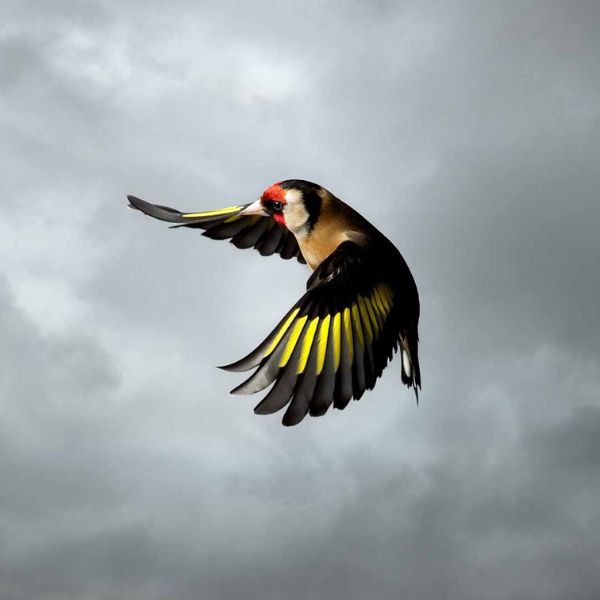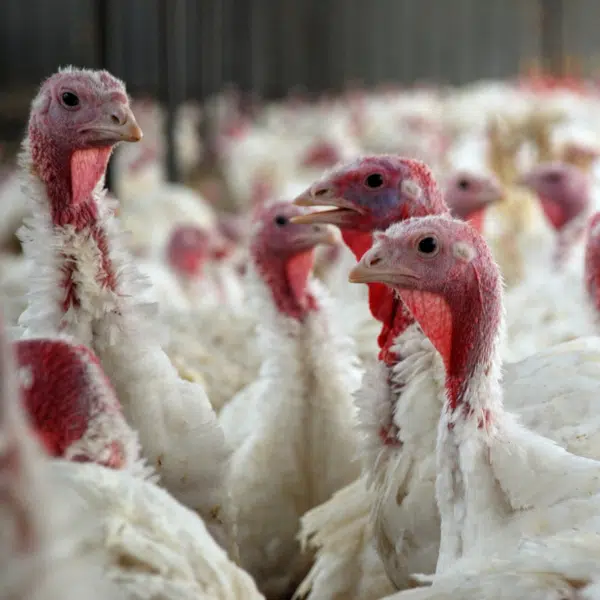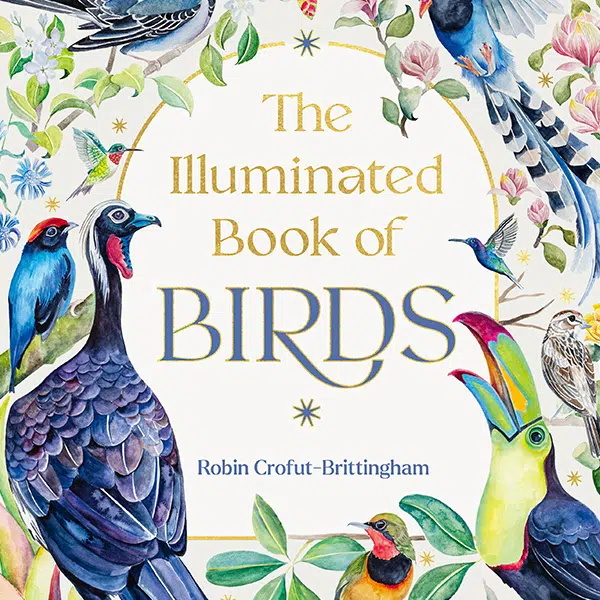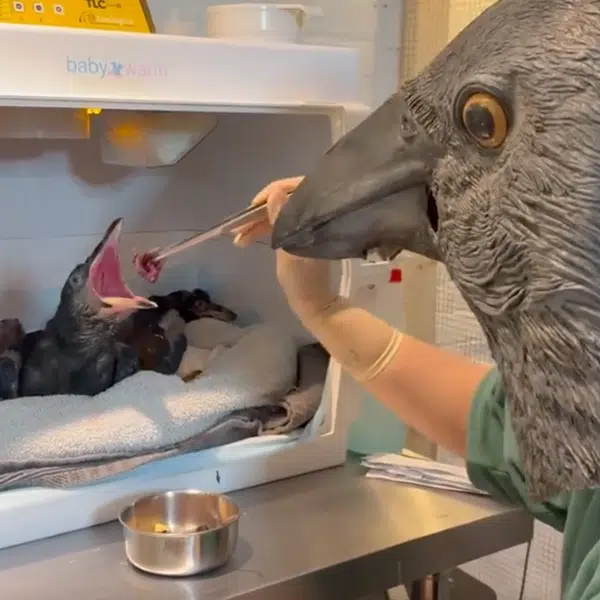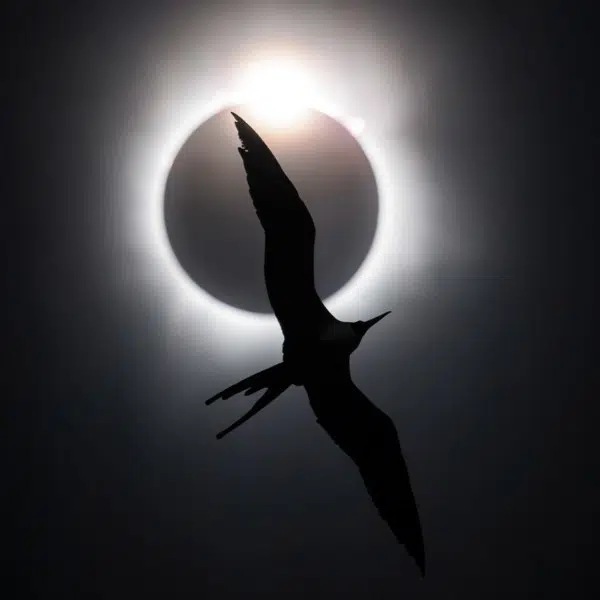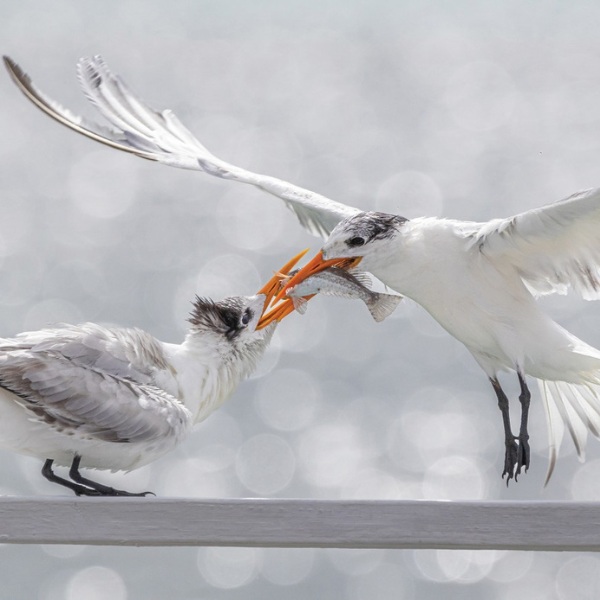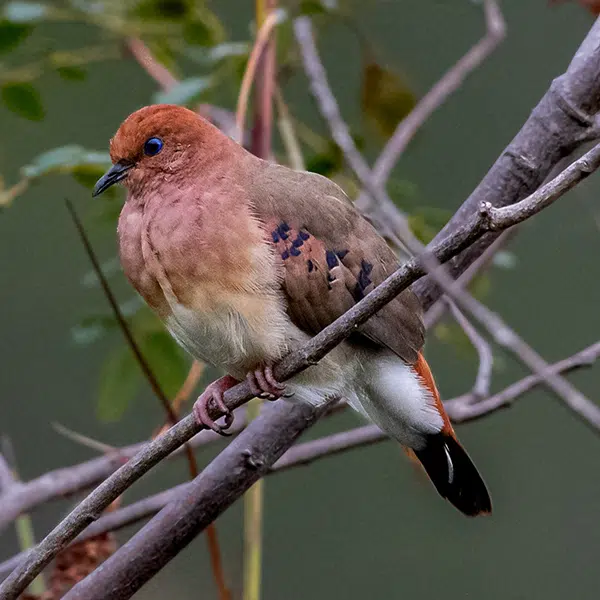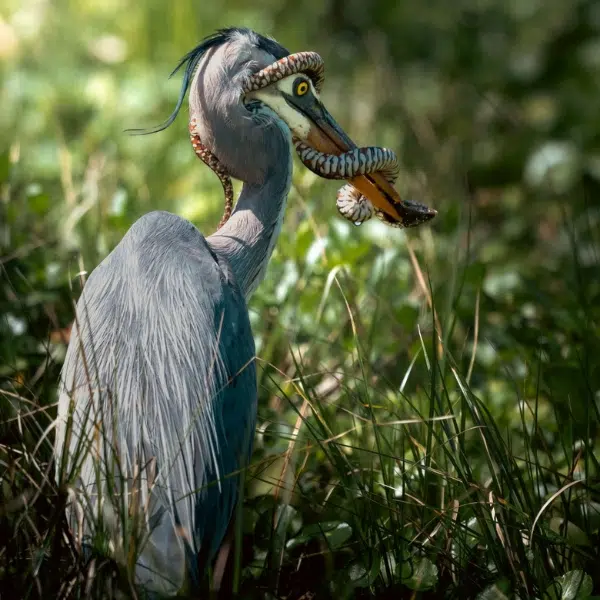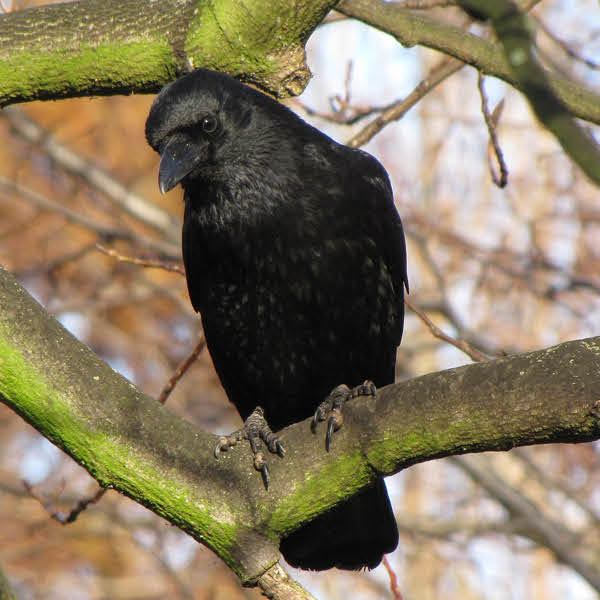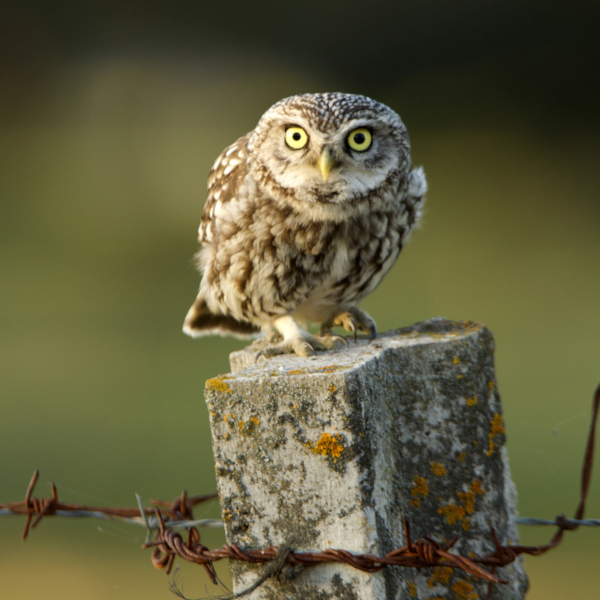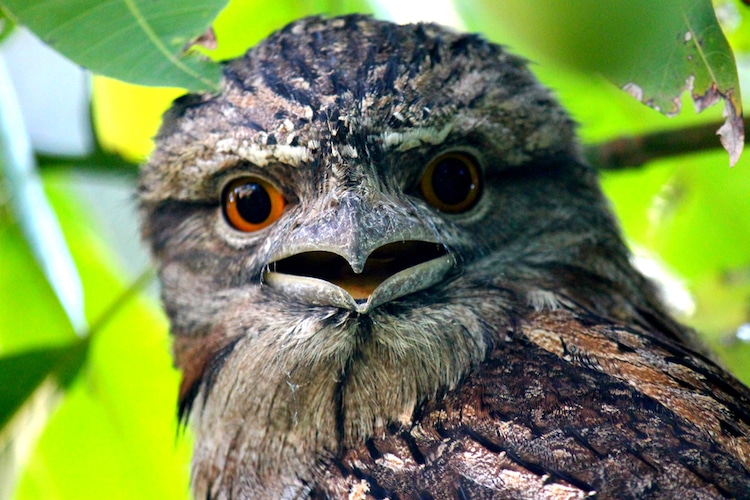
Photo: Stock Photos from L Twomey/Shutterstock
Flitting around the Indian subcontinent all the way to Australia are a group of nocturnal birds that are as cute as they are captivating. Known as frogmouths, they have a wide, gaping beak—giving these birds their name—and a furrowed brow lending them a serious, yet silly, look.
Frogmouths may appear similar to owls, but they are actually more closely related to nightjars. They belong to the Podargidae family, which contains 15 different species. Three species—the tawny frogmouth, marbled frogmouth, and Papuan frogmouth—are larger and call Australia and New Guinea their home. Another 11 species are found across Asia and tend to be smaller. Then there is the Solomons frogmouth, which was just discovered on the Solomon Islands in 2007 and given its own genus.
All the frogmouths are nocturnal birds, but there are some distinct differences between them. The larger frogmouths are carnivores, preying on frogs, mice, and other small invertebrates. By contrast, the Asian frogmouths mainly feed on insects. And while they all have bristles around the base of their bill, the insect-loving Batrachostomus frogmouths have longer bristles. This is most likely to protect its eyes from the insects it eats.
As they are active all night, frogmouths need to ensure that they're protected during the day while resting. This is why they're so good at camouflage. Nestling up into trees, they blend right in thanks to the color of their feathers. But they don't just rely on this to keep themselves safe. They sleep standing up, and if they sense danger in the air, they do something quite clever. They'll actually stiffen themselves and point their beaks upward, but like a bird would do when awake and looking at a branch. This way, they're able to fool any potential predators, who will think they're awake and observing their surroundings.
Luckily, all species of frogmouths are thriving and are in no danger of extinction. Of course, this could change over time if their habitat is damaged, but for now, these adorable birds are found in abundance.
Frogmouths are a family of nocturnal birds that look similar to owls but are quite distinct.
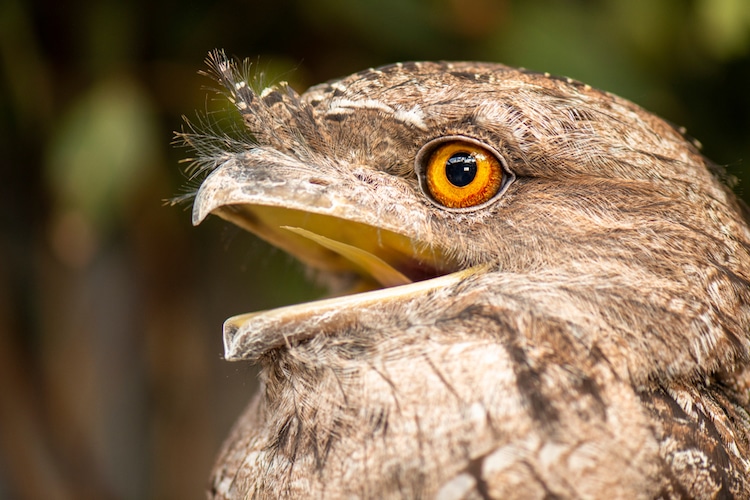
Photo: Stock Photos from robdowner/Shutterstock
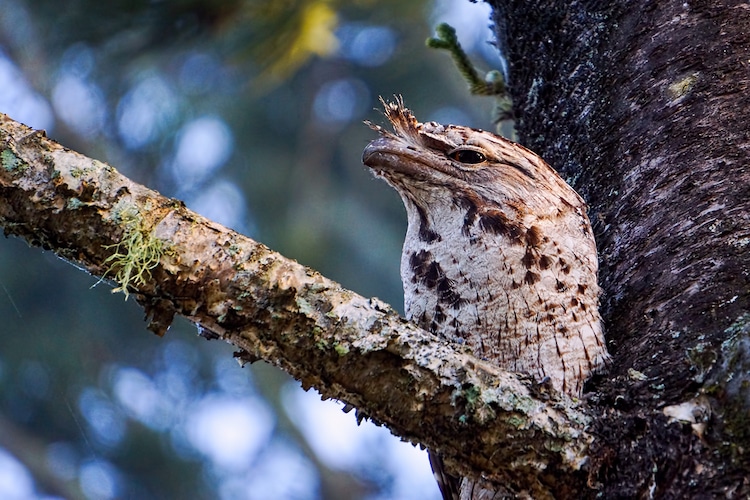
Photo: Stock Photos from IngeBlessas/Shutterstock
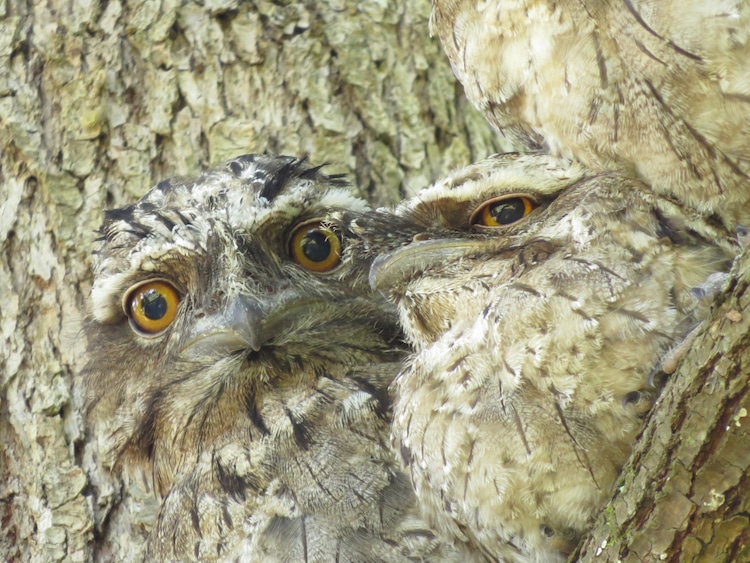
Photo: Stock Photos from Brigid Mary Prain/Shutterstock
They are divided into 15 species that can be found from India to southeast Asia to Australia.
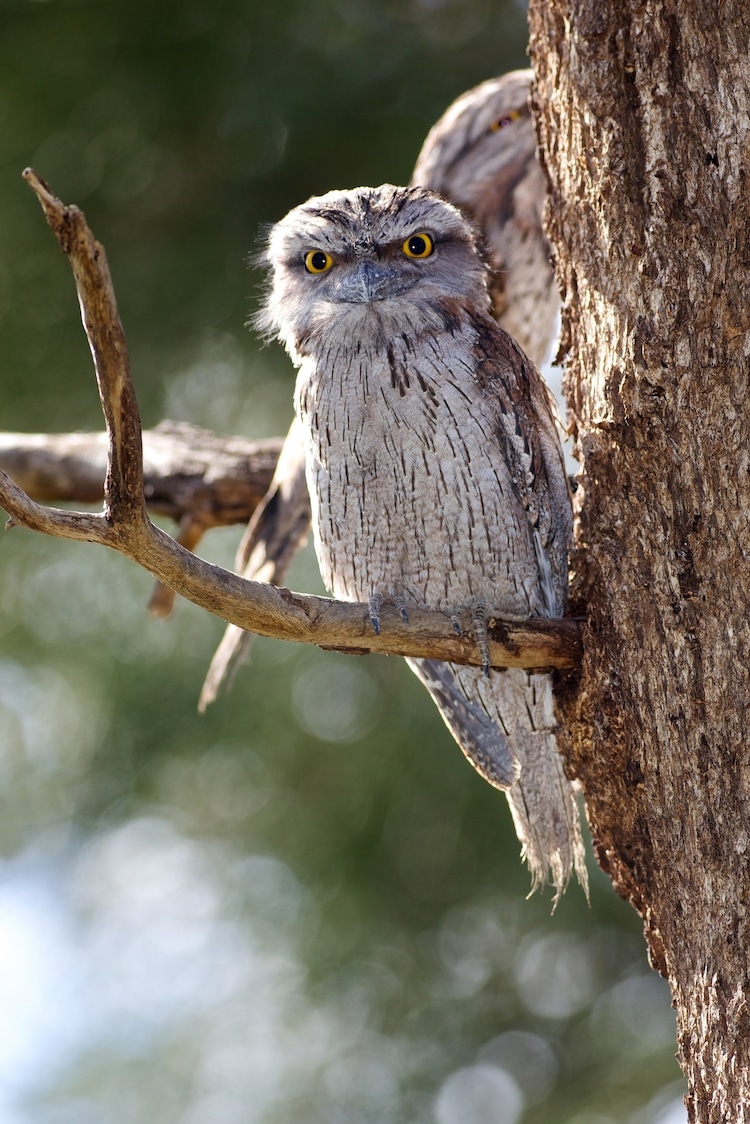
Photo: zambezi/DepositPhotos
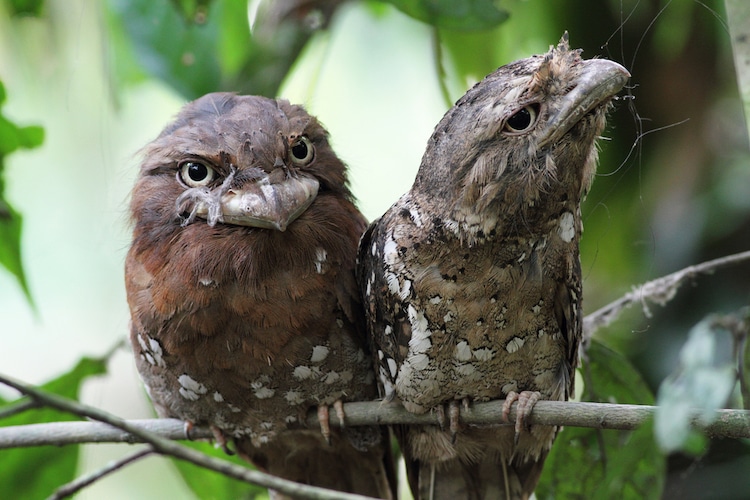
Photo: Stock Photos from PhotoBarmaley/Shutterstock
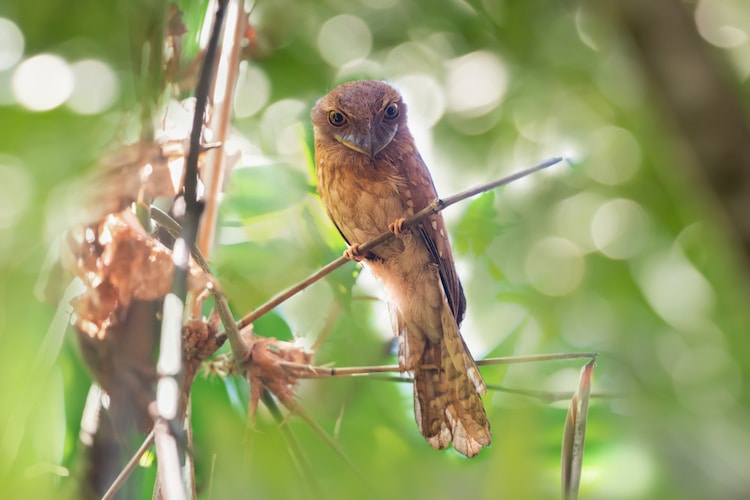
Photo: Stock Photos from noicherrybeans/Shutterstock
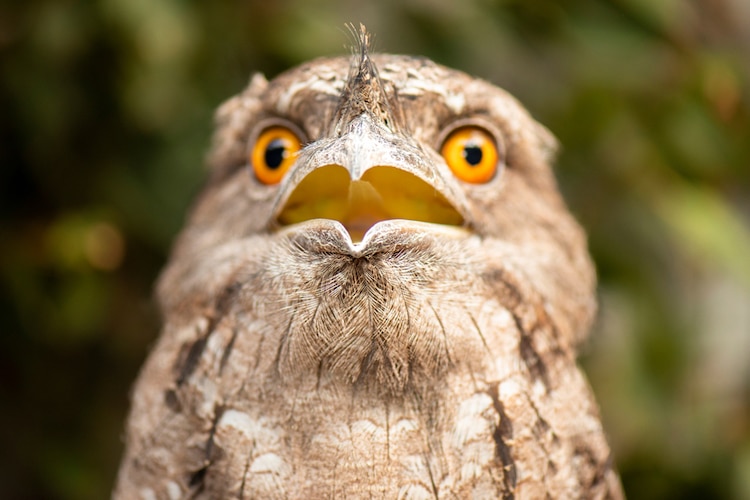
Photo: Stock Photos from robdowner/Shutterstock
During the day they camouflage themselves in trees to hide from predators.
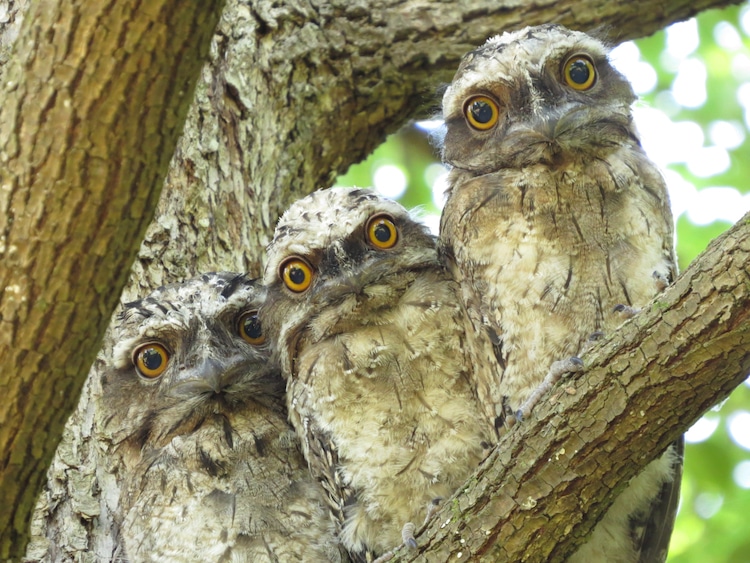
Photo: Stock Photos from Brigid Mary Prain/Shutterstock
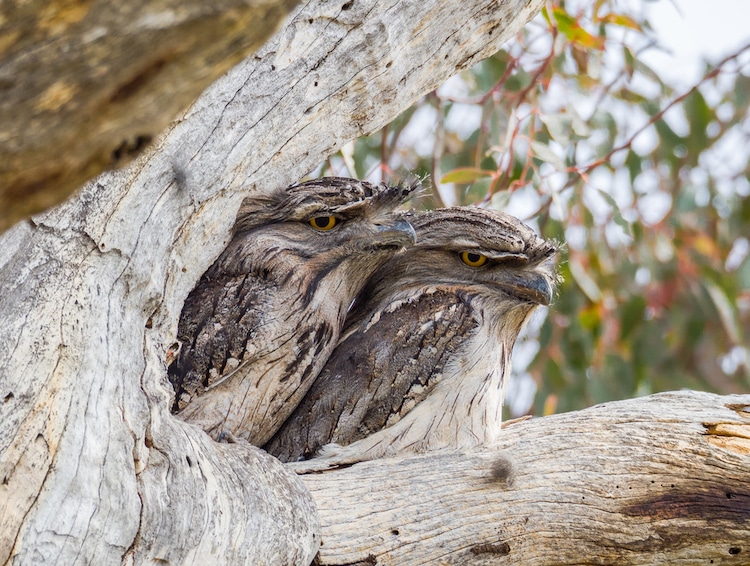
Photo: Stock Photos from Steven James Chivers/Shutterstock
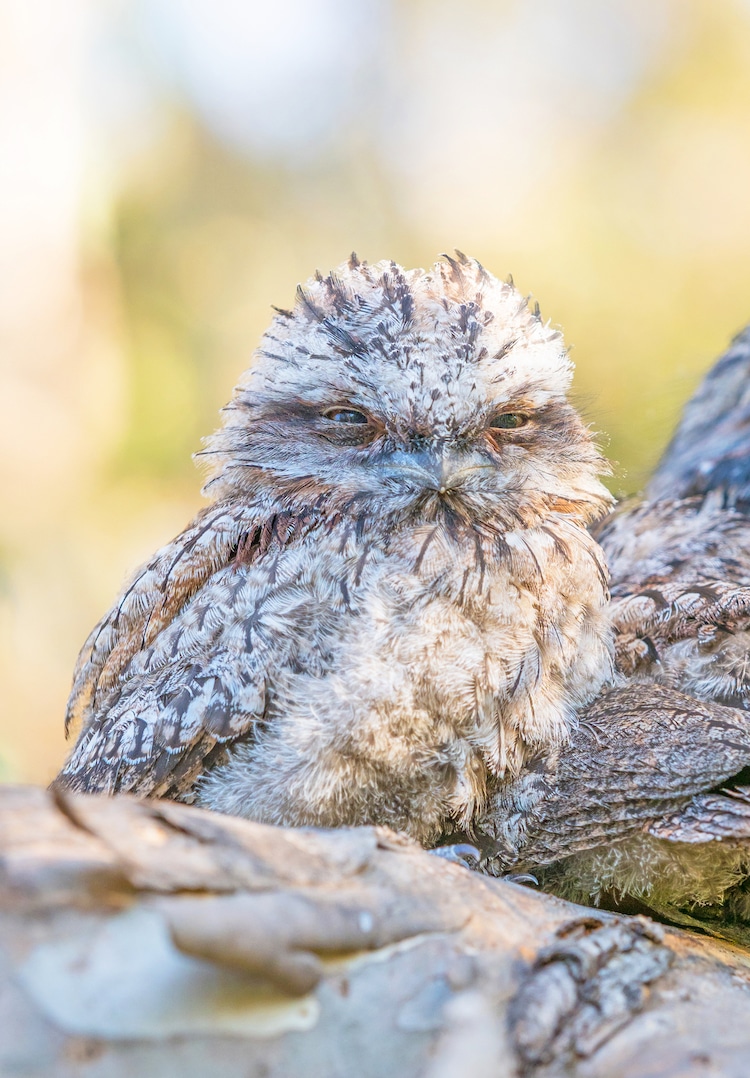
Photo: zambezi/DepositPhotos
Related Articles:
These Tiny Birds in Japan Look Like Fluffy Little Cotton Balls
New Guinea Has Rare and Beautifully Haunting Creatures Called ‘Dracula Parrots’
Giant Andean Condor Can Fly Without Flapping Its Wings for Over 5 Hours
Adorable “Strawberry Finches” Plumage Turns as Bright as Berry to Find a Mate











































































